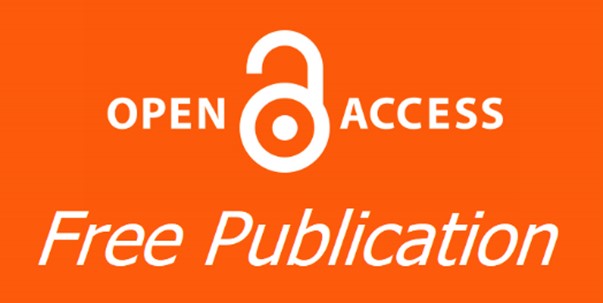Subject Area
Degenerative, Cervical spine
Article Type
Original Study
Abstract
Background Data: The use of anterior cervical discectomy and fusion (ACDF) is common in the surgical treatment of cervical myelopathy and radiculomyelopathy. Additional anterior plating is usually performed in multiple ACDF to overcomeseveral possible complications. Purpose: To assess the safety and effectiveness of PEEK interbody fusion cages forthe treatment of cervical disc disease and their application in multilevel surgery without anterior plating.Study Design: Prospective study. Patient Sample: Eight patients with cervical myelopathy and twelve with radiculomyelopathy; the study included fourteen females and six males and the mean age at surgery was 58.4±7.1 (range 50-69). Outcome Measures: Total blood loss and operative time were recorded. Clinical outcome was assessed by the JOA score and VAS. Fusion was assessed using plain radiographs. Methods: All patients had multiple levels ACDF using PEEK cages packed with autogenous bone graft obtained from the removed osteophytes. Results: Postoperatively, radiculopathy improved in all patients, whereas myelopathy improved in nineteen patients. After 12 months, fusion was achieved in 95% and cervical lordosis was restored. Neither cage extrusion nor symptomatic pseudarthrosis were observed. Conclusions: Stand-alone PEEK interbody cages are effective and reliable to increase segmental stability of the cervical spine and achieve excellent fusion rate even in multilevel disease without the need for anterior platting. (2012ESJ012)
Keywords
Cervical disc disease, PEEK cage, anterior cervical discectomy, anterior cervical fusion
How to Cite This Article
Fouad, Ahmad; Koptan, Wael; ElMiligui, Yasser; ElHadidi, Talaat; and El-Sharkawi, Mohammad
(2012)
"Multiple-Level Anterior Cervical Discectomy and Fusion Using PEEK Cages in Cervical Myelopathy. Is Anterior Platting Necessary?,"
Advanced Spine Journal: Vol. 2
:
Iss.
1
, Article 1.
Available at: https://doi.org/10.21608/esj.2012.3780











